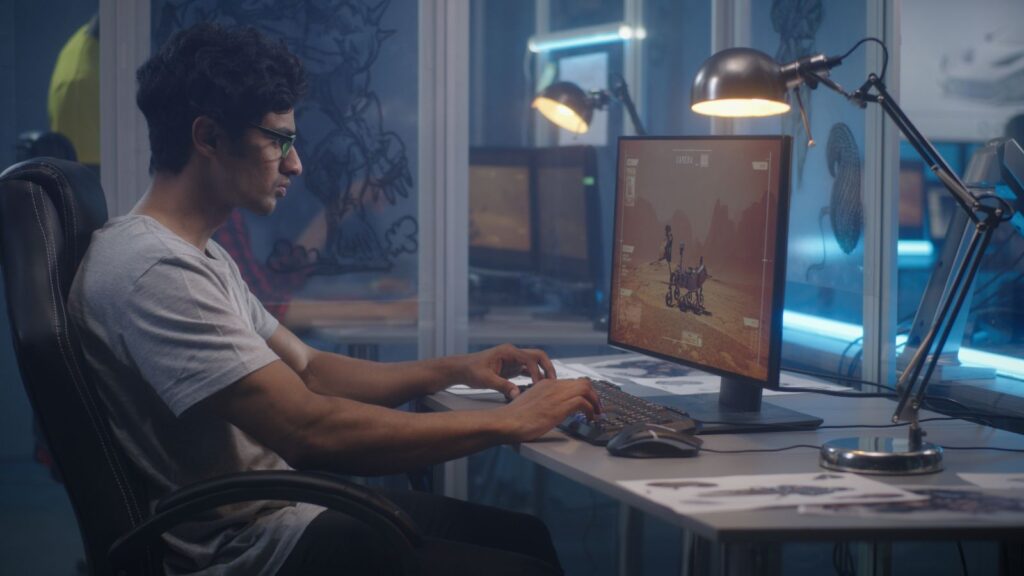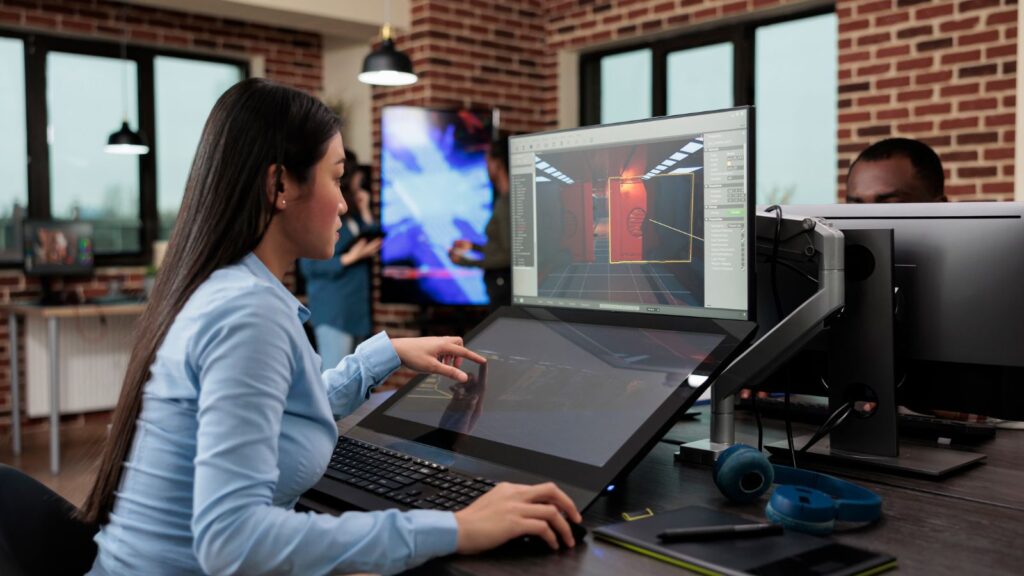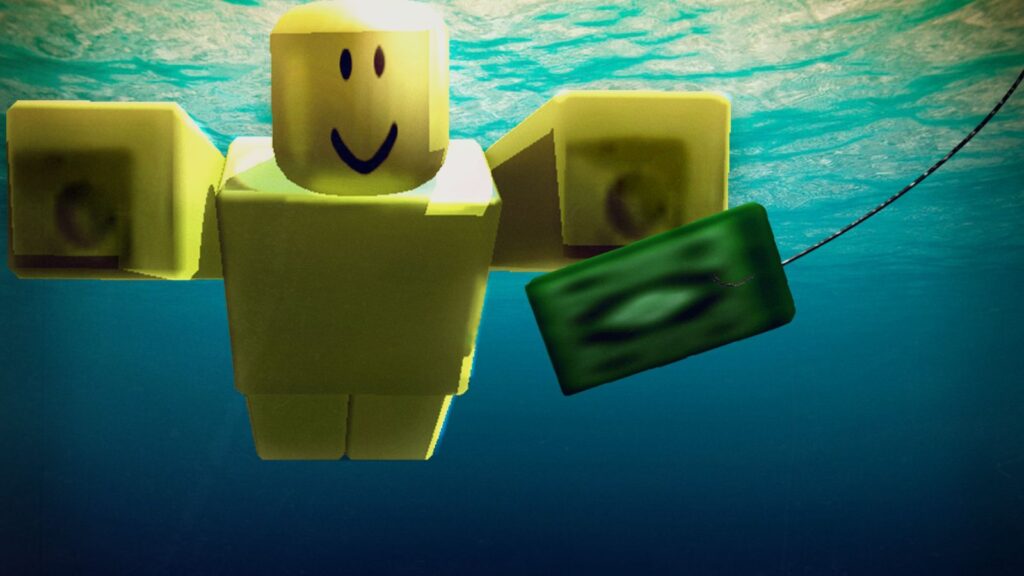
Delving into the world of game development can be as thrilling as the games themselves. It’s an intricate dance of creativity, technology, and user experience, each step meticulously choreographed to deliver the ultimate gaming experience. But what really goes into the making of these virtual adventures?
Game Development Process

Immersing in the game development process ecosystem offers a glimpse into a world where meticulous planning and relentless execution culminate in engaging digital experiences. The process splits into different phases, each important in delivering a captivating product.
In the heart of game development lies the concept and planning phase. Here, developers brainstorm creatively, shaping their ideas into a cohesive vision. Game genre, storyline, characters, and game mechanics all originate from this ideation stage. It’s during this stage that mundane ideas metamorphose into extraordinary gaming realms.
Key Stages in Game Development
Game development process encompasses a myriad of stages, each integral to creating a captivating and engaging end product. Two key stages, production and testing, warrant further examination.
Production
Often deemed the heart of the process, production is where all planning and concept dynamics merge with technological expertise. During this phase, game developers orchestrate a symphony of code, creating the game’s functional skeleton. They build environments, engineer gameplay mechanics, develop character models, and implement AI behavior. In essence, this phase is where the magic happens, where game environments spring to life flying high on the wings of imagination and technological prowess.
Testing and Polishing

Following production, an intensive testing and polish phase kicks off. Quality assurance teams delve deep into the game, exploring every nook and cranny, scrutinizing the environments, gameplay mechanics and character interactions for any possible issues. They hunt down bugs, test all game components under a variety of scenarios to ensure functionality, and provide feedback on player experience. A cycle of adjusting, refining, and testing ensues, meticulously working toward a polished and flawless final product. This stage underscores the uncompromising commitment to ensuring optimal player experience and the utmost product quality.
Essential Tools for Game Development
Game Engines
One cannot talk about game development without mentioning game engines, as they form the core of any gaming project. Game engines are software frameworks that facilitate the creation of video games. They provide a plethora of features such as rendering graphics, simulating physics, handling input, managing memory, and many more. Examples include two of the most popular engines in the industry: Unity and Unreal Engine. Unity offers a user-friendly platform and wide platform support, making it a favorite for small to mid-size projects. On the other hand, Unreal Engine, renowned for its powerful, high-fidelity visuals, is often chosen for larger, more graphically-intensive projects.
Graphics and Audio Software
Aside from a solid game engine, designers rely heavily on graphics and audio software to craft the game’s aesthetic appeal. Graphic software tools such as Adobe Photoshop and Illustrator serve as canvases for artists to create game art, character models, and environments. Blender and Maya are typical 3D modeling tools employed to sculpt and animate characters and props.

In terms of audio, software like Pro Tools or Audacity offer comprehensive solutions for manipulating sound. These applications enable sound designers to produce, edit, and incorporate immersive sound effects, ambient noise, dialogues, and musical scores into the game. By manipulating these elements, sound designers can influence players’ emotional responses and engagement within the game world, enhancing overall player experience.
Remember, although each tool contributes to the development process, it’s through the seamless integration of these elements that compelling gaming experiences are crafted.
Exceptional Gaming Experiences
Game development process isn’t just about coding; it’s a blend of creativity, technical prowess, and an unwavering commitment to quality. The process, as outlined in the article, takes us through the vital stages of production and testing, emphasizing the importance of meticulous planning and execution. It’s the quality of the final product that ultimately determines player satisfaction, making this process crucial.



